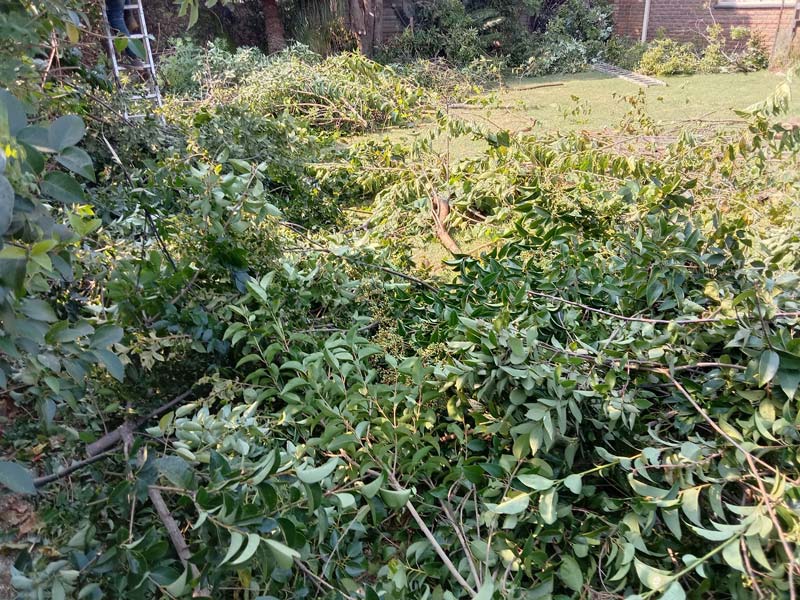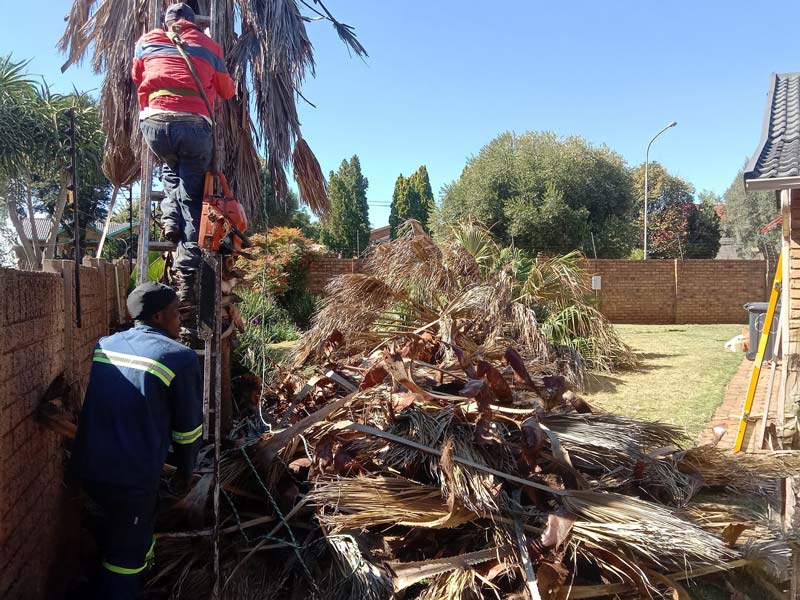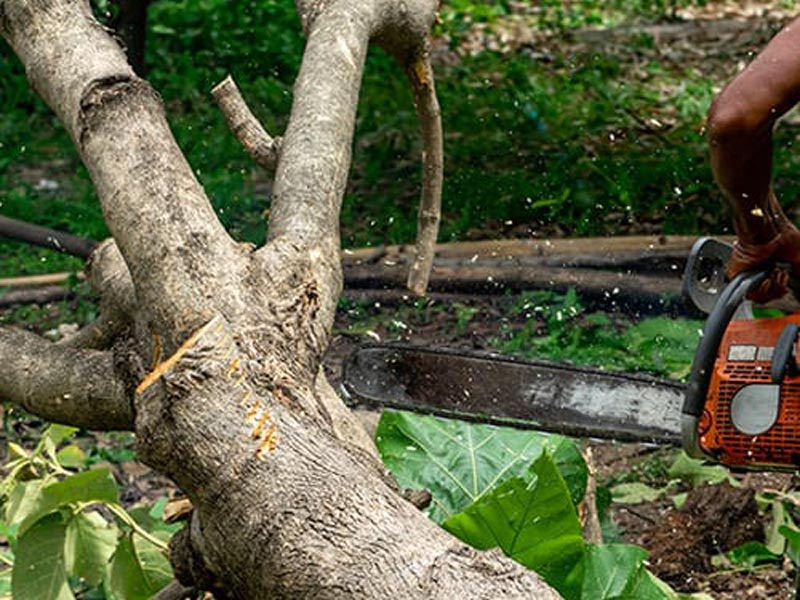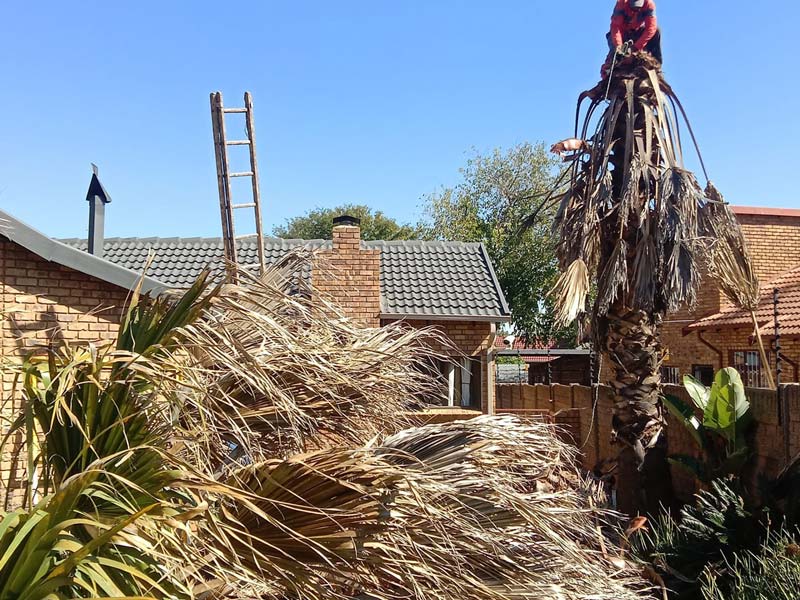The ideal pruning period for common trees in Pretoria East is from June to August. This timeframe corresponds with the trees’ dormancy phase, minimising stress and promoting effective healing. Deciduous trees benefit most from this seasonal pruning, as it encourages vigorous growth come spring. Evergreen trees may require maintenance all year round to maintain their health and shape. For further information about specific pruning techniques and tips, additional information follows.
Optimal Pruning Period for Pretoria East Trees
When considering the best time for pruning trees in Pretoria East, professionals recommend a period between June and August, corresponding with the region’s winter months. This seasonality allows trees to be pruned during dormancy, reducing stress from seasonal effects. Pruning tools are ideally employed when trees are not actively growing, guaranteeing better visibility of dead or diseased branches. During this time, trees can heal more effectively, promoting overall health. Regular pruning every three to five years improves aesthetics and structural integrity, maintaining the natural beauty of urban greenery. Additionally, professional tree pruning can significantly reduce future costs by promoting tree health and longevity. Proper pruning techniques, including careful cuts near branch collar, ensure that trees recover quickly and maintain their strength. Consulting with professionals guarantees the right timing and approach for individual tree species.
Pruning Practices for Deciduous and Evergreen Trees
Effective pruning practices are essential for both deciduous and evergreen trees, ensuring their health and structural integrity. Deciduous pruning occurs during dormancy, promoting vigorous growth, while evergreen pruning helps maintain shape throughout the year. Techniques such as removal cuts and reduction cuts are important for both types, minimising damage and supporting healing. It is crucial to remember that trees don’t require annual pruning for health and should only be pruned as needed. Additionally, utilising professional tree cutting services can enhance the effectiveness of your pruning efforts.
| Type of Tree | Pruning Time | Purpose |
|---|---|---|
| Deciduous | Dormant Season | Encourage spring growth |
| Evergreen | Year-round | Maintain shape, remove dead |
| Both | As needed | Improve health and structure |
Proper tool usage further improves effective pruning efforts.
Recommended Pruning Frequency and Maintenance
Pruning frequency is determined by various factors, including tree age, growth rate, and purpose of maintenance.
Young trees benefit from annual pruning to establish structure, while mature trees generally need attention every 3 to 5 years.
Fast-growing tree species may require more frequent maintenance, often annually, due to their rapid expansion. In contrast, slower-growing trees might extend pruning intervals to 5 to 7 years.
Seasonal pruning during the dormant period enhances health and growth.
Utilising appropriate pruning tools guarantees effective trimming while minimising stress on the tree.
Regular assessments can help adjust maintenance schedules to meet specific tree needs. Additionally, professional tree care, such as tree felling services, ensures that trees receive the attention they require for optimal growth.
Essential Pruning Techniques and Safety Tips
Comprehending essential pruning techniques is crucial for maintaining tree health and ensuring a safe environment. Effective pruning involves using the right methods and adhering to safety measures to minimise risks during the process.
Key techniques include:
- Employing the three-cut method for large branches, preserving the branch collar to promote healing.
- Removing dead or diseased branches promptly to boost tree vitality.
- Using proper tools while wearing protective gear to safeguard against accidents.
Adopting these practices leads to healthier trees and increases safety for individuals nearby. Additionally, practising controlled lowering techniques can further enhance safety during branch removal.
For best results, consider consulting a professional arborist trained in these essential pruning techniques.
Climate’s Influence on Pruning Timing
How does climate impact the timing of tree pruning in Pretoria East? The region’s subtropical highland climate dictates appropriate pruning times, heavily influenced by dormancy cycles.
Trees generally enter dormancy during the cooler winter months, reducing metabolic activity and minimising stress during pruning. Scheduling pruning late in winter aligns with this dormancy, promoting healing as spring growth begins.
Furthermore, temperature fluctuations must be considered; pruning during freezing conditions risks damage, while mild early spring temperatures improve healing.
Benefits of Timely Pruning for Tree Health
Timely pruning offers numerous benefits that greatly improve tree health.
Implementing effective pruning techniques can markedly improve resistance against tree diseases and increase vitality.
These advantages include:
- Reducing the spread of pathogens by removing dead or diseased branches.
- Promoting better air circulation, which decreases occurrences of fungal disease.
- Improving structural integrity, lowering the risk of limb failure during storms.
Additionally, comprehensive tree services ensure that the pruning is done correctly and safely, further enhancing overall tree health.







